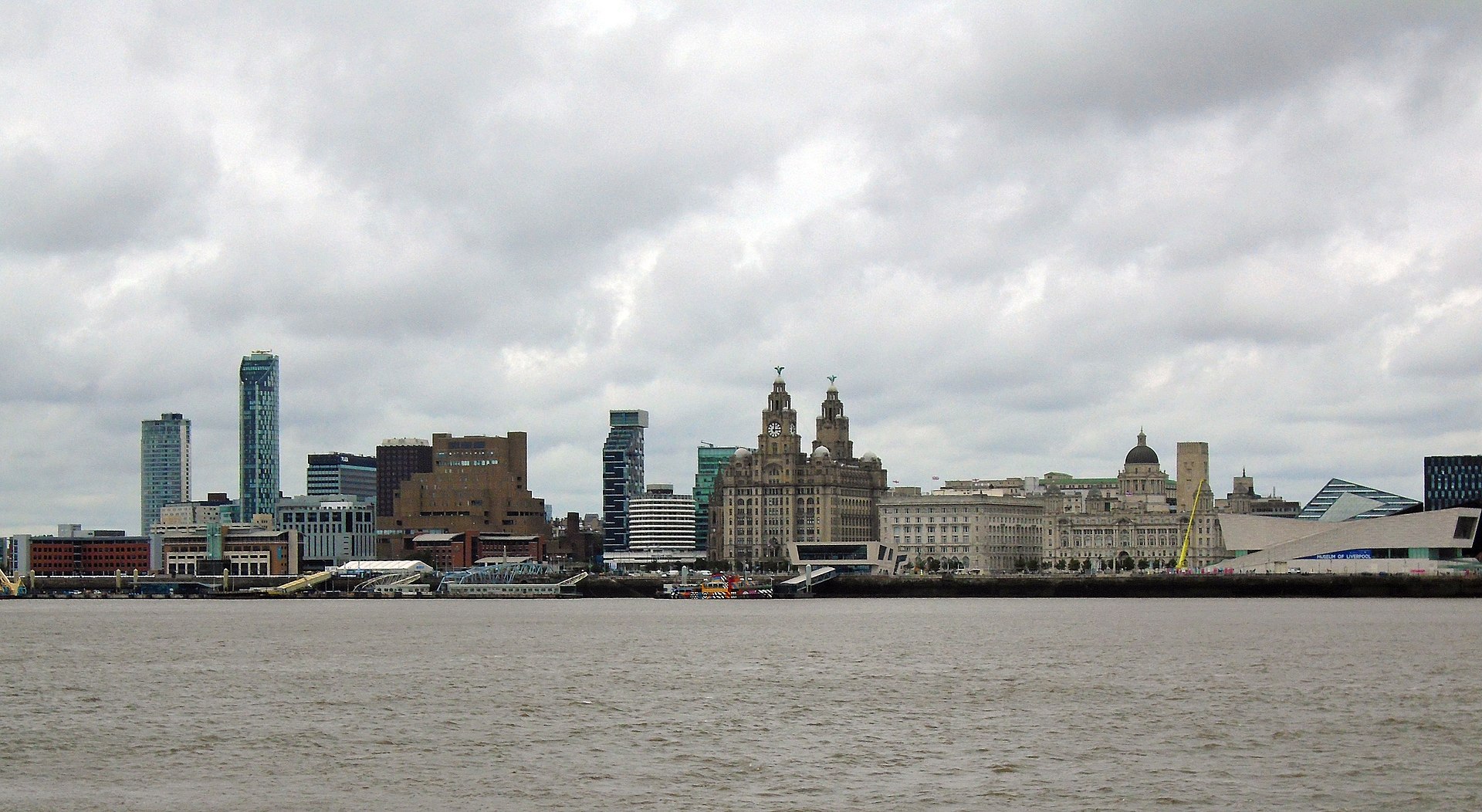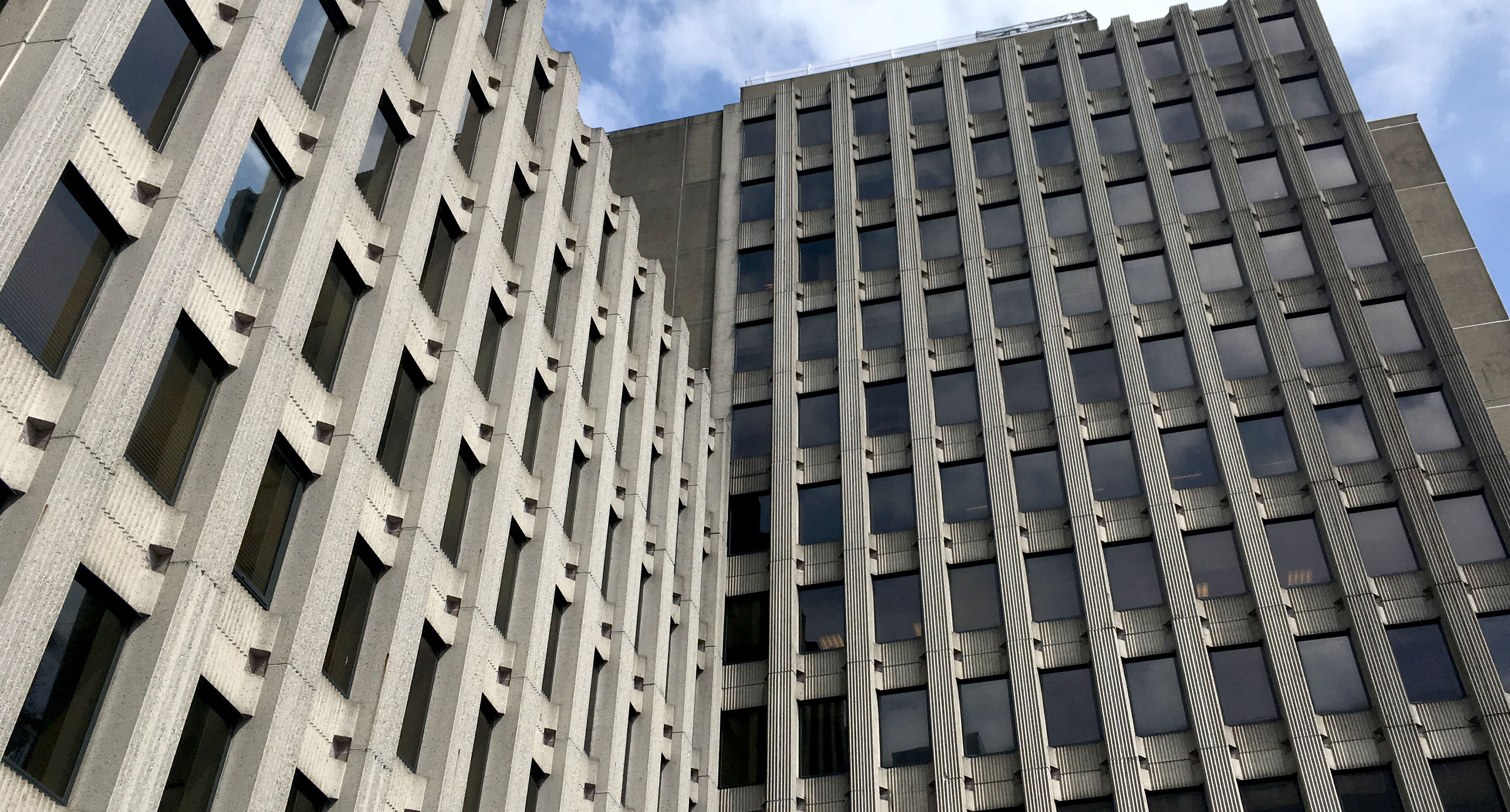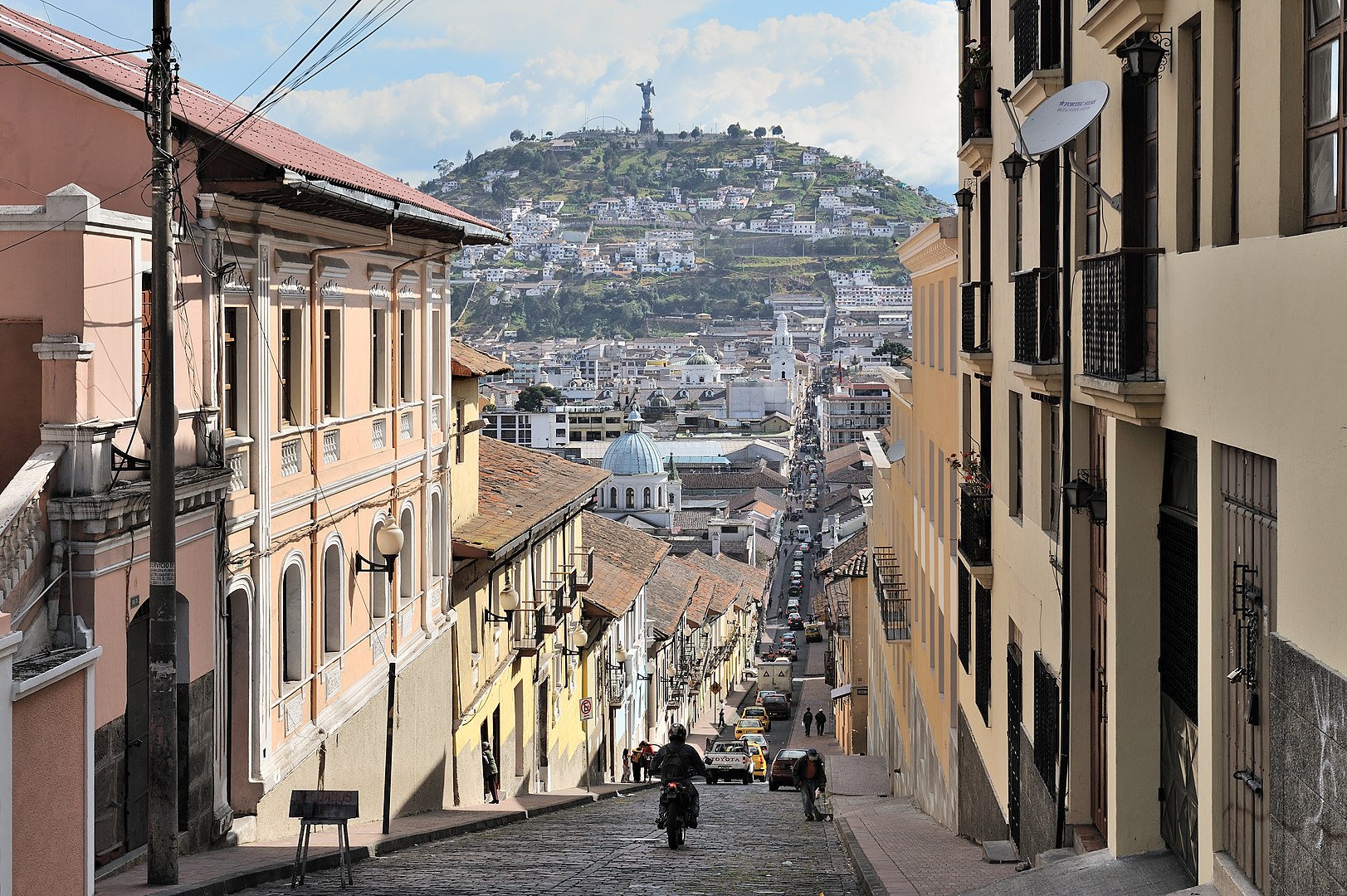Training workshops
The workshops aim to discuss the transfer of academic knowledge into the practice and to explore the needs of heritage-practitioners in their daily work. By bringing together academics, institutions and practitioners into conversation the workhops want to inform about current development of methodologies, tools, modules and policies to contrast them with practical daily challenges and needs and their impact on heritage conservation. As a result, the Workhops like to increase the implementation of novel support tools and practices to facilitate professional practice.
Workshop I: Heritage Impact Assessment. A Tool for Sustainable Development
How does Heritage Impact Assessment fit into national and international societal agenda’s focusing on sustainable development?
Chairs: Mara de Groot (LDE Centre for Global Heritage and Development), Ana Pereira Roders (TU Delft)
Threats to heritage
When talking about threats to heritage most people immediately see images of terrorists destroying historic landmarks. Intentional destruction in fact, only causes a very small percentage of cultural heritage being lost. The biggest threat to heritage often goes under the radar. These are large scale infrastructural and agricultural developments.
Heritage Impact Assessment
From 2000 ICOMOS signaled that there was a significant growth in the number of potential threats to World Heritage Sites. The threats were mainly caused by the explosive increase in large-scale construction and infrastructure works. Until then, heritage was only marginally protected from developments by Environmental Impact Assessments (EIA), and the assessment was mostly done by soil engineers. Too make matters worse: in many countries EIA was not even required. This was of course insufficient. In this context the Heritage Impact Assessment (HIA) was developed. HIA is a method to predict both the positive and negative impacts of a policy or infrastructural development and provides advice on how to enhance the positive effects and to avoid, limit or compensate the negative effects for the heritage resources.
A heritage time bomb
HIA was borne out of a conservation discourse (‘a culture of loss’), focusing on the protection of static monuments and sites and their intrinsic value. The last two decades a new paradigm or discourse in heritage management has become more and more mainstream, namely of heritage planning (‘a culture of profit’), which sees heritage values as dynamic and argues that utility is the most important justification of heritage. Within the heritage planning discourse, there is an increasing concern that the growing number of protected heritage sites creates a ‘heritage time bomb’ especially in the urban context. The heritage time bomb refers to the implications of the growing commitments to maintain, repair and restore an ever-increasing list of protected heritage sites. This includes rising costs of protection and restrictions on the development of sites, which can be especially problematic for cities and is of course not sustainable.
Sustainable cities
HIA could be used as a tool to balance heritage protection with spatial development rather than simply to protect heritage from spatial development. With an HIA consideration is given to the potential negative implications of an intervention early on in the process, therefore the plans can often still be changed without large (financial) consequences. A plan can be adapted, or the negative impact can be reduced or mitigated. Any positive impact on the heritage will be increased as much as possible.
Promoting inclusiveness
Besides being open to change and in principle pro-development, HIA also works towards another global development goal. The HIA methodology requires multi stakeholder participation and gives people a say in what is important to maintain. In order to assess the value of a particular site being potentially impacted by development it is necessary to hold multiple stakeholder interviews. In this way HIA follows the heritage planning discourse which argues that the user gives authority to heritage (instead of experts or policy makers). Even though the assessment requires finding a balance between sometimes conflicting interests, if the assessment has been performed well this means in principle representation of all. HIA therefore benefits inclusiveness and the universal right to cultural heritage.

Workshop II: Rising damp in buildings: a digital tool support for diagnosis and decision making
Chair: Barbara Lubelli (TU Delft)
Rising damp from ground water is a recurrent hazard to buildings and its relevance is expected to increase in the future, due to climate changes. A scientifically based approach to both diagnosis and intervention is therefore necessary. In the international project EMERISDA a digital support tool has been developed to this scope. The interactive tool supports the user in the interpretation of the results of simple measurements for the diagnosis of the presence of rising damp. Moreover, it provides insight into the feasibility and risks of existing methods against rising damp and supports thereby the user in the selection of the most suitable intervention in the specific situation. The tool proposes an approach allowing to consider different aspects in a decision process, facilitating the achievement of a shared decision.
Workshop III: Monument Diagnosis and Conservation System (MDCS): An interactive Support Tool
Chairs: Silvia Naldini, Wido Quist (TU Delft)
MDCS is an interactive platform for the inventory and evaluation of damages to monumental buildings (https://mdcs.monumentenkennis.nl/) to help identify the types of materials and the types of damage during visual inspections. Based on the damage types found, hypotheses on possible causes are suggested. Once these have been controlled a diagnosis can be made and a conservation strategy planned. The system was developed for practising conservation specialists, architects and engineers. Its use can be extended to laymen and private owners that want to to monitor their building’s status. This training includes interaction and discussion and aims at improving the platform based on practitioner’s feedback.

Workshop IV: Historic Concrete and Conservation Approaches
Chairs: Wido Quist, Gabriel Pardo Redondo (TU Delft)
Conservation of historic concrete is becoming more and more a general practice. The perception of concrete as a potential valuable material in historic buildings is changing, and the importance of concrete in the course of architectural history is addressed. Guidelines on how to assess, repair and maintain concrete buildings and structures have been developed over the past decades, we have now arrived at a point to set ambitions in practice and research for the future. The recognition of historic concrete, the interpretation of damage processes, as well as procedures for damage and risk assessment and monitoring over time, together with repair and intervention, still balance between a pure engineering approach and an extreme conservationist approach. During this training several aspects of historic concrete will be addressed and the components of an integrated conservation approach will be identified, all centred around the Aula-building and the Physics building of TU Delft. The workshop will start with a presentation, followed by discussion and site-visit.

Workshop V: Landscape Biography in theory, policy and practice
Chair: Karin Stadhouders (LDE-Centre for Global Heritage and Development), Edwin Raap (Cultural Heritage Agency)
Content of the workshop
A landscape biography tells the layered life story of a landscape: how it has developed in the continuous interaction between humans and nature. It comprises an in-depth exploration of the genesis of a landscape over time, involving both physical and immaterial dimensions and integrating knowledge from a variety of disciplines. The concept was developed by, among others, Jan Kolen, now Dean of the Faculty of Archaeology and Professor in Landscape Archaeology and Cultural Heritage. From an academic viewpoint, the landscape biography may be regarded as an answer to reductionism and the growing gap between objectivist and constructivist approaches in landscape research. Furthermore, the landscape biography responds to the societal need to better integrate knowledge of landscape and heritage with the practice of planning and design, and to make more room for civic participation in local and regional planning policy.
Since the 1990s the concept has been further developed in various NWO-projects and European research programs in the realm of heritage, landscape, planning and design studies. As to current practice, in the Netherlands the landscape biography is now increasingly employed as a multidisciplinary and participative approach for vision development at a local and regional level. In the coming years all Dutch municipalities will be working on integrated local visions for their physical environment, as obligatory part of the new Environmental Law. The landscape biography offers chances to combine a multidimensional and interdisciplinary approach with bottom-up civic participation. However, there is also a danger of the original concept losing its depth, being reduced to a mere policy tool.
The workshop starts with a concise introduction to the theory of landscape biography, illustrated by examples of its application in both policy and academic practice. Subsequently, participants will analyse exemplary cases in subgroups, in order to define distinctive characteristics and to formulate possible principles for the future development of these landscapes.

Workshop VI: From Living Labs to Community of Practice
The role of citizens and stakeholders for an inclusive urban regeneration
Chairs: Gonçalo Canto Moniz (Centre for Social Studies, Coimbra), Américo Mateus (HEI-LAB, Lusófona University)
The urban regeneration processes are usually run by municipalities and governmental institutions far from the citizens and stakeholders needs and don’t take advantage of their knowledge and experience. Today, the interventions in the public space as a democratic and inclusive territory is an opportunity to bring the communities for the co-creation of solutions empowering their role on the decision making of the city.
A major goal of URBiNAT project, a consortium of 28 partners based in 7 European cities (Porto, Nantes, Sofia, Brussels, Hoje.Taastrup, Siena and Nova Gorica) is to promote social cohesion through the activation of Living Labs and engagement of Community of Practices (COPs). A COP is a group of people that shares a concern (or a set of problems) and deepens their knowledge, understanding and practices by interacting on an ongoing basis. The purpose of URBiNAT Living Labs is to bring laboratory experimentation to real life environments through a Participatory Design Approach.
Our aim is that this will bring enriched insights, product and service usability and usefulness as well as increased understanding of new and unexpected patterns of user groups. A prerequisite in Living Lab activities is that they are located in a real-world context, each of the URBiNAT’s social housing neighbourhoods, built in the post-war period (1950-70s). The Living Lab ecosystem is built on features of openness, multiculturalism and multi-disciplinarity, as such it conveys diversity and enables the materialization of breakthrough ideas, concepts and scenarios. This process will result in adoptable innovative solutions for the implementation of Nature Based Solutions on the co-developed Healthy Corridors, which are paths that will connect the public spaces of the social housing neighbourhoods, in order to promote their integration in the urban structure.
This workshop will present the methodology developed by URBiNAT with citizens and stakeholders to activate the Community of Practice that will together co-create the solutions for an inclusive urban regeneration.